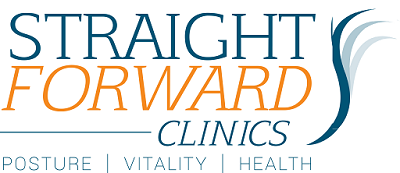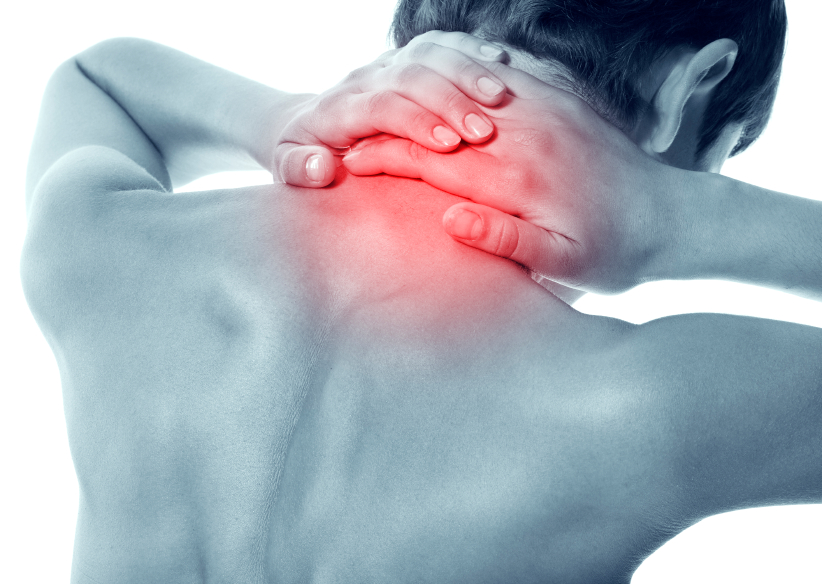Spondylosis is typically an age-related condition that influences the joints in your neck. It creates as a wear’s consequence and tear of the ligament and bones are of the cervical spine. While it is to a great extent because of age, it can be brought about by different elements too. Alternative names for it incorporate cervical osteoarthritis and neck arthritis.The condition is available in more than 90 percent of pe ople beyond 65 years old, albeit some have it in such little degrees that they never encounter side effects.
DIFFERENT TYPES OF SPONDYLOSIS
Spondylosis refers to degeneration of the spine. The term can be used to describe degeneration in the:
Neck – called cervical spondylosis
Lower back – called lumbar spondylosis
Middle back – called thoracic spondylosis
Frequently, the term spondylosis is utilized to portray osteoarthri tis of the spine, however it is likewise generally used to depict any manner of spinal degeneration.
Symptoms of Spondylosis
Symptoms of SpondylosisIt is workable for spondylosis to stay asymptomatic, yet numerous individuals with the condition experiencemechanical side effects, radiculopathic side effects, or both. Mechanical indications of osteoarthritis in the spinemay include:
- Joint stiffness and pain
- Joint instability
- Joint lockage or spontaneous “catching”
- Reduced range of motion
- Inflammation
Radiculopathic symptoms may rise if bone goads create in or around the ligament joint and pack a close-by spinal nerve root. Normal radicular indications are:
- Shooting pain
- Parasthesia
- Numbness
- Muscle weakness
Spondylosis Treatments
Radiculopathic manifestations like those said above tend to go along the whole way of the nerve rootbeing packed. In this way, spondylosis in the lower back may deliver indications that emanate through the bum, hips, legs, feet, and toes. Spinal joint inflammation in the neck can bring about comparable manifestations in the shoulders, arms, hands, and fingers, notwithstanding cerebral pains.
Treatment is normally traditionalist in nature. Persistent training on way of life adjustments and nonsteroidal calming medications (NSAIDs) and non-intrusive treatment have been appeared to oversee such conditions [citation needed]. Other option treatments, for example, knead, chiropractic, trigger-point treatment, yoga and needle therapy may be of restricted advantage [citation needed]. Surgery is periodically performed.
Cervical Spondylosis with Myelopathy
A significant number of the medications for cervical spondylosis have not been subjected to thorough, controlled trials.[citation needed] Surgery is upheld for cervical radiculopathy in patients who have immovable torment, dynamic side effects, or shortcoming that neglects to enhance with preservationist treatment. Surgical signs for cervical spondylosis with myelopathy (CSM) remain fairly dubious, yet “most clinicians prescribe agent treatment over traditionalist treatment for moderate-to-serious myelopathy.
Exercise based recuperation may be successful for restoring scope of movement, adaptability, and center reinforcing. Decompressive treatments (i.e. manual activation, mechanical footing) may additionally lighten torment. In any case, active recuperation and chiropractic can’t “cure” the degeneration, and a few individuals see that solid consistence with postural alteration is important to acknowledge most extreme advantage from decompression, conformities, and adaptability restoration.
To know more about your condition, join our practice session now at Chiropractor CBD.

